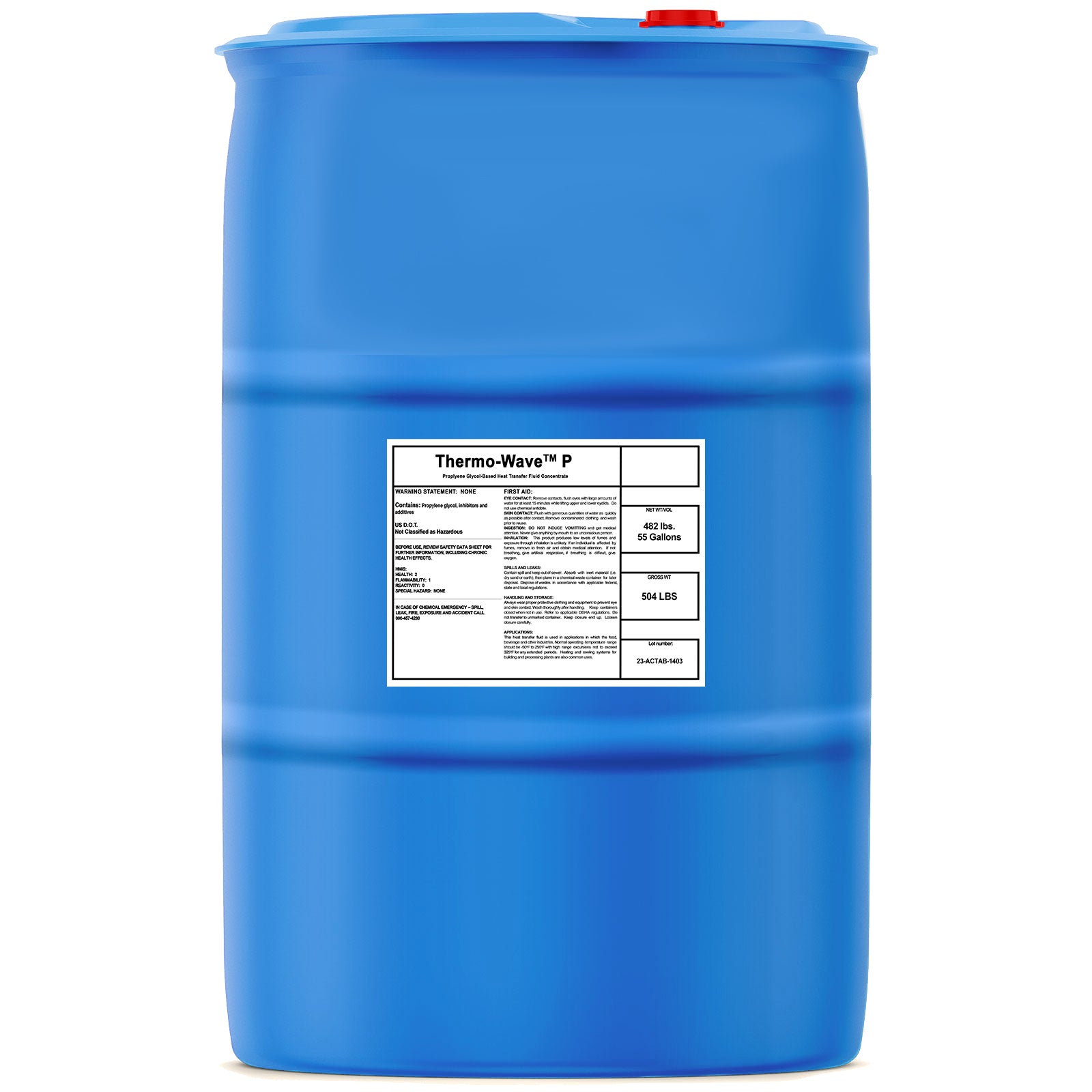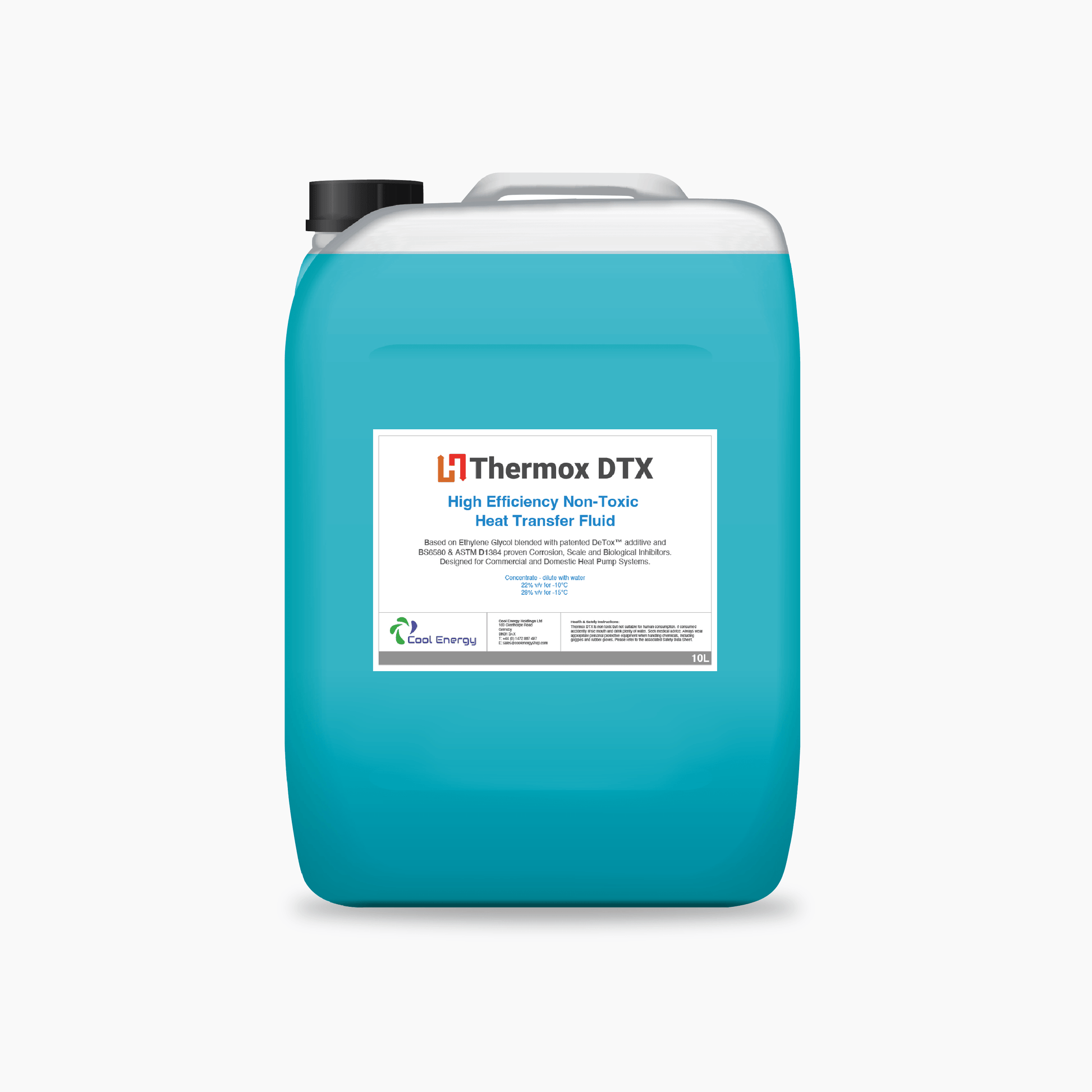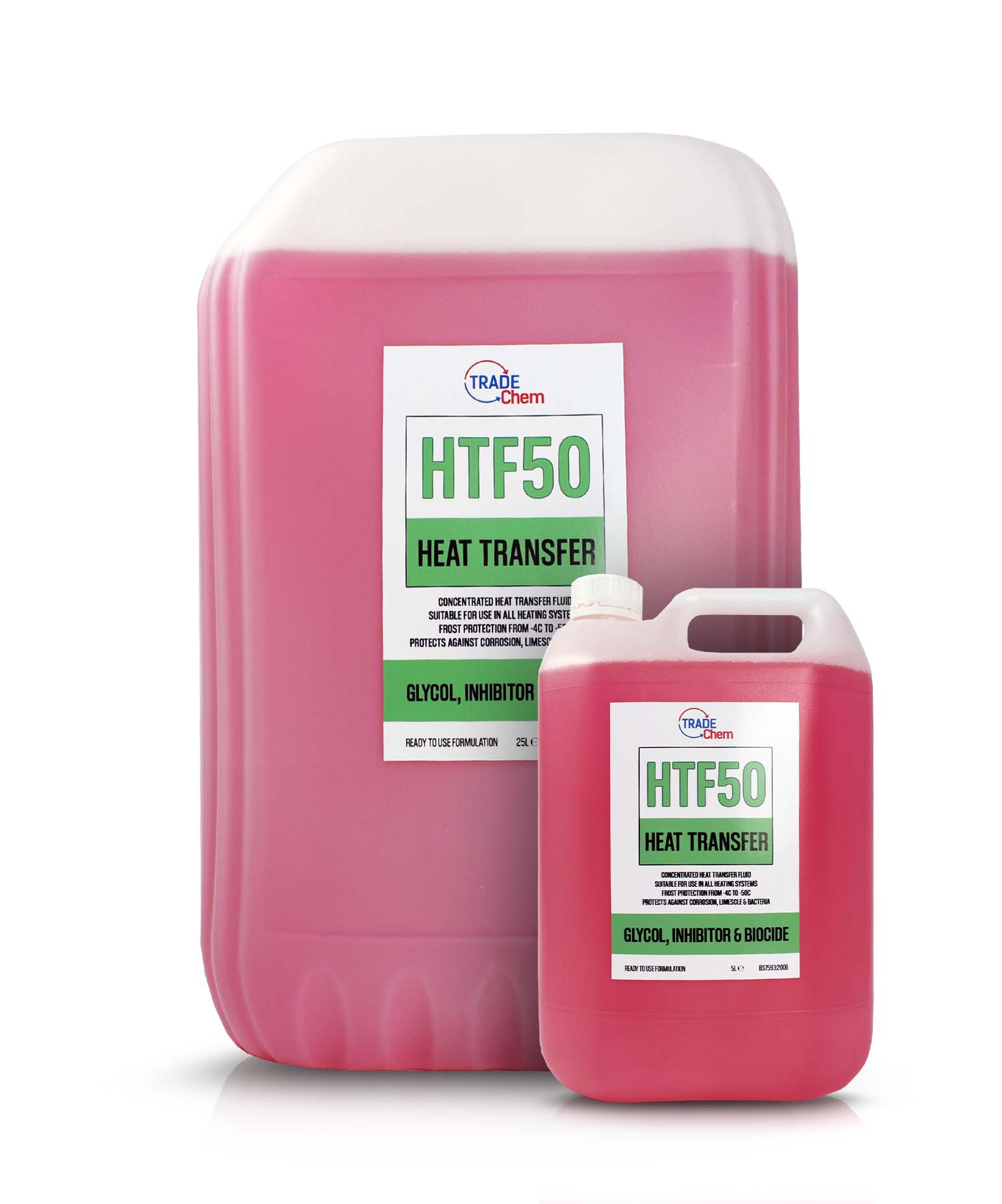Why Warm Transfer Fluid Is Essential for Optimizing Energy Transfer in Systems
The role of warm transfer fluids in optimizing energy transfer is pivotal for accomplishing reliable thermal monitoring throughout various industrial industries. These fluids facilitate smooth warm exchange, making sure processes run within ideal temperature varieties and mitigating the danger of getting too hot. Their option, based upon aspects like thickness and thermal stability, straight influences the performance and sustainability of a system. Nevertheless, the complexities of choosing the right liquid are typically underestimated. What are the critical factors to consider for this choice, and just how do they affect both economic performance and environmental responsibility in industrial applications?

Function in Thermal Administration
Heat transfer liquids play a vital function in thermal management by successfully regulating temperature levels in numerous industrial procedures and systems. These specialized fluids facilitate the transfer of heat between various components, ensuring optimum operating problems and stopping overheating. By preserving precise temperature level control, heat transfer liquids make it possible for sectors such as chemical manufacturing, oil and gas, and power generation to run securely and successfully.
The selection of a suitable warm transfer liquid depends upon several factors, consisting of thermal security, heat ability, and thickness. High thermal stability makes certain that the liquid can withstand severe temperature levels without deteriorating, while a high warm capacity allows it to soak up and release substantial quantities of warm - heat transfer fluid. Low thickness minimizes the energy required for pumping, adding to general system effectiveness
In addition, warm transfer fluids are indispensable in applications like refrigeration, where they assist absorb and dissipate heat throughout the cooling cycle. In solar thermal power systems, these fluids capture and transport solar warm to produce electrical energy or offer warm water. Their versatility to varied operating problems and capability to preserve consistent thermal efficiency highlight their importance in commercial thermal management, facilitating operational continuity and boosting precaution.

Enhancing System Efficiency
To make best use of the benefits of thermal management, enhancing system efficiency via the critical use warmth transfer liquids is paramount. These fluids play a crucial duty in optimizing energy transfer by assisting in constant thermal policy, which consequently impacts the general performance and longevity of systems. Efficient warm transfer brings about lessened energy losses, minimized functional expenses, and boosted integrity of tools. By maintaining optimum temperature level levels, warm transfer fluids aid make sure that systems operate within their developed parameters, consequently stopping overheating and minimizing the danger of component failing.

Sorts Of Warmth Transfer Liquids
The diversity of heat transfer liquids highlights their essential role in a variety of industrial applications, each tailored to meet certain thermal administration demands. These fluids help with reliable power transfer and are picked based upon vital residential properties such as thermal security, viscosity, and heat ability. The main kinds include water, glycol services, oils, and synthetics, each offering distinct benefits.
Water is the most web link usual warmth transfer medium because of its high specific heat capacity and inexpensive. Its use is limited by its cold and steaming factors. Glycol mixes, usually utilized in HVAC systems, offer a reduced freezing factor, including versatility in various climates. Mineral oils are preferred for their thermal stability and non-corrosive nature, making them ideal for high-temperature applications.

These fluids ensure superior efficiency in systems where conventional fluids might stop working. The option of a heat transfer fluid is crucial, as it influences system performance, security, and durability.
Environmental and Economic Benefits
Utilizing the right warmth transfer liquids uses considerable environmental and financial advantages for commercial operations. Environmentally friendly heat transfer fluids, frequently naturally degradable and safe, reduce the danger of soil and water contamination in the occasion of leakages or spills, consequently shielding ecological communities and abiding with rigorous ecological policies.
Financially, the right warm transfer liquid can considerably minimize functional prices. Efficient heat transfer reduces energy expenditure, causing lower energy expenses and improved success. Furthermore, liquids with extensive lifecycle efficiency lower the regularity of substitutes and upkeep, reducing downtime and linked expenses. Spending in top notch fluids can additionally alleviate the threat of equipment rust and failing, avoiding costly repair services and prolonging the lifespan of crucial facilities. In open markets, check that these savings and efficiencies provide a distinctive advantage, allowing firms to assign sources more effectively and buy additional development. Overall, the strategic use of optimal warm transfer fluids supports sustainable click resources financial growth and environmental stewardship.
Selecting the Right Liquid
How does one browse the intricate process of choosing the ideal heat transfer fluid for commercial applications? Thermal security guarantees the liquid can hold up against high temperatures without degrading, while compatibility protects against corrosion or other damaging reactions with system parts.
Furthermore, the fluid's warm capability and viscosity are paramount. A high heat ability permits the fluid to absorb and transfer more power, improving performance.
Verdict
The critical selection and application of heat transfer liquids are essential to maximizing power transfer throughout numerous systems. By guaranteeing high thermal security and ability, these fluids supply precise temperature control and boost general system efficiency. This optimization contributes to lowered operational costs and reduced greenhouse gas emissions, hence promoting sustainability. The option of liquid, tailored to particular viscosity and operational demands, is crucial for making best use of efficiency and accomplishing economic and environmental benefits in commercial procedures.